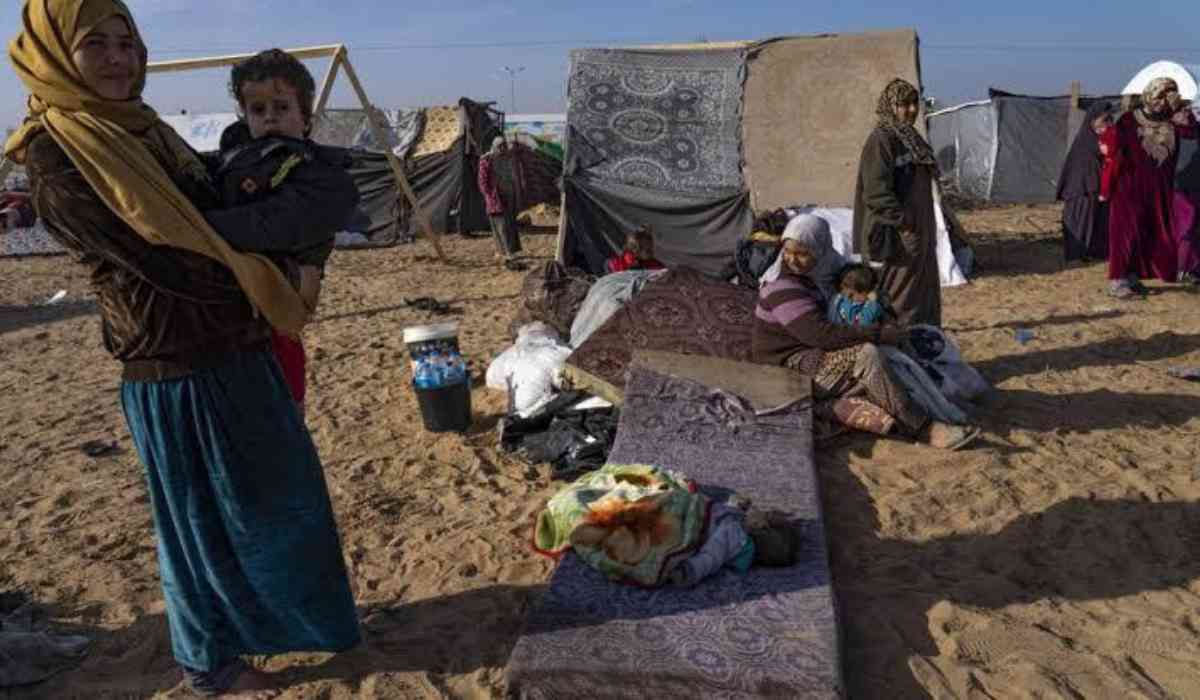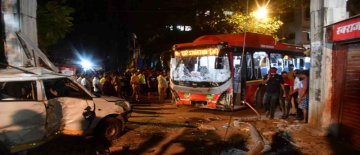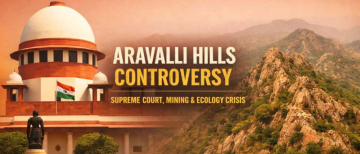On Tuesday, The UN children's agency revealed in a study that one in six children in the north of Gaza, are suffering from acute malnutrition due to isolation and extensive devastation, amid this, Israel issued new evacuation orders for areas in Gaza.
This report reveals worsening conditions throughout the territory, where Israel's air and ground offensive, has resulted in the deaths of over 29,000 Palestinians, the destruction of entire neighbourhoods, and the displacement of more than 80% of the population.
Israel has pledged to escalate the offensive in the southern city of Rafah in the Gaza Strip, where over half of the territory's 2.3 million residents have sought shelter from the conflict in other areas. Numerous individuals have gathered in large tent camps and overcrowded shelters managed by the United Nations, situated close to the Egyptian border.
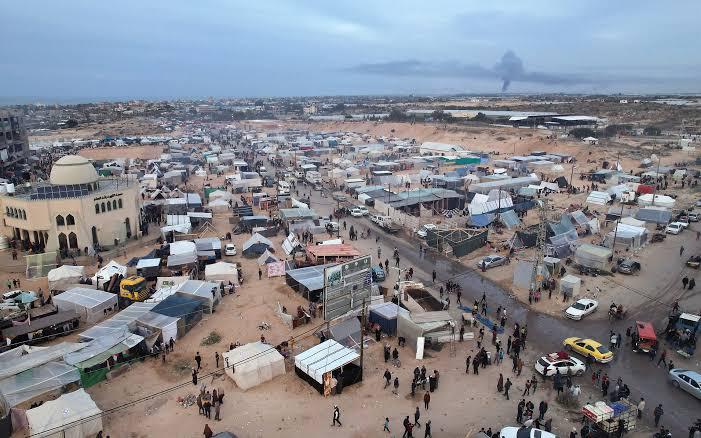
The Israeli military on Tuesday issued evacuation orders for the Zaytoun and Turkoman neighbourhoods located at the southern perimeter of Gaza City, as Palestinian militants are continuing to offer strong resistance in parts of northern Gaza, despite previous assertions by the Israeli military that these areas had been mostly cleared weeks ago.
Residents said there have been airstrikes and heavy ground fighting in eastern parts of Gaza City over the past two days.
Worsening Conditions in Gaza
According to the report from the Global Nutrition Cluster, a UNICEF-led aid coalition, over 90% of children under 5 in Gaza consume only two or fewer food groups daily, indicating severe food poverty. Similarly, approximately 90% of these children are susceptible to infectious diseases, with 70% having experienced diarrhea in the past two weeks.
The report, released on Monday, reveals that over 80% of homes in Gaza lack access to clean and safe water, with the average household having only one litre (quart) per person per day.
In Gaza's southern city of Rafah, which serves as the main entry point for humanitarian aid, the rate of acute malnutrition is 5%. In contrast, in northern Gaza, where Israeli military actions have led to isolation and limited access to aid for months, the rate is 15%. Prior to the conflict, the malnutrition rate across Gaza was less than 1%, according to the report.
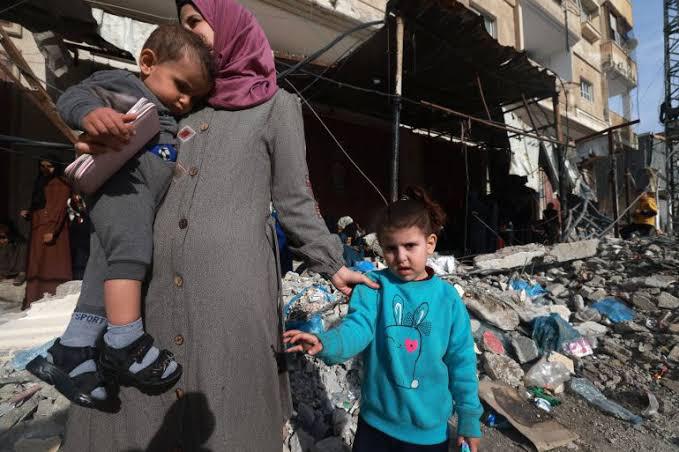
“The Gaza Strip is poised to witness an explosion in preventable child deaths, which would compound the already unbearable level of child deaths in Gaza,” UNICEF official Ted Chaiban said in a statement.
In December, a U.N. report revealed that the entire population of Gaza, consisting of 2.3 million Palestinians, is experiencing a food crisis, with a quarter of the population at risk of starvation.
Israel states it does not impose restrictions on humanitarian supplies' importation. However, aid groups report that delivering aid within Gaza is significantly hindered by Israeli road closures, ongoing conflict, and the breakdown of law and order, exacerbated by Israeli strikes targeting the Hamas-run police force.
Earlier this month, the U.N. agency for Palestinian refugees, the primary aid provider in Gaza, reported that Israel was delaying a food shipment capable of feeding over a million people. Israel accused 12 agency employees of involvement in the Oct. 7 attack, yet provided no evidence. Consequently, major donors, including the United States, suspended crucial funding for the agency, despite its dismissal of the workers and initiation of an independent investigation.
Israel-Hamas war
The war began following Hamas' Oct. 7 attack, when Hamas-led militants broke over Israel's strong border and rampaged across southern Israeli villages, murdering about 1,200 people, mostly civilians, and kidnapping about 250 more. About one-fourth of the 130 hostages that the militants still hold are thought to be dead. The majority of the other hostages were freed during a prisoner-hostage swap that took place last year.
Israel launched one of the most deadly and destructive military campaigns in recent history in the small coastal enclave. The area has been under Israeli and Egyptian blockade since Hamas took control from rival Palestinian forces in 2007.
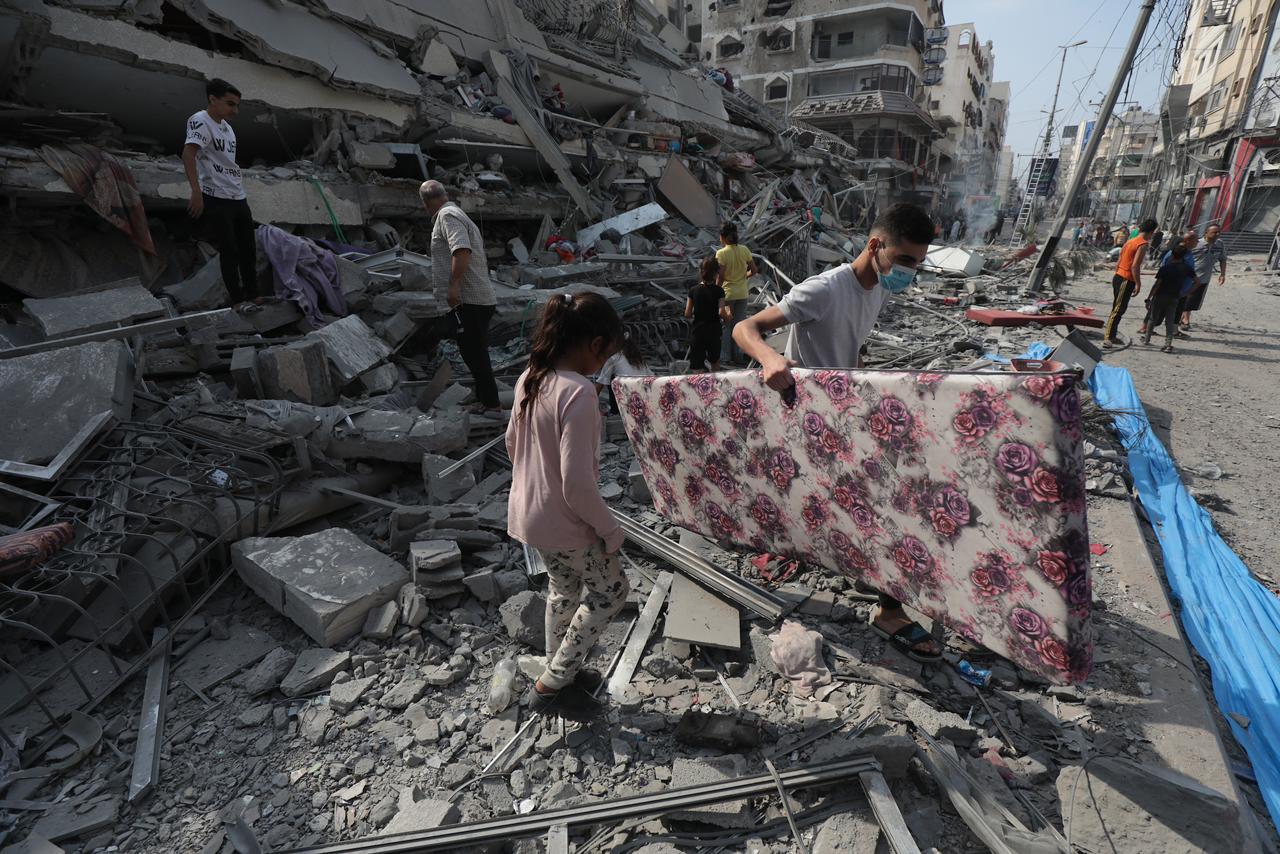
The United States, Israel's primary ally, has been collaborating with mediators from Egypt and Qatar to facilitate another cease-fire and negotiate the release of hostages. Ismail Haniyeh, Hamas' top political leader, visited Cairo to hold discussions with Egyptian officials on Tuesday, but no significant breakthrough was anticipated.
On Tuesday, Gaza's Health Ministry reported that an additional 103 bodies were brought to local hospitals within the past 24 hours, bringing the total Palestinian death toll to 29,195. The ministry's records do not differentiate between fighters and civilians but indicate that women and children constitute two-thirds of the deceased. Furthermore, over 69,000 Palestinians have sustained injuries during the conflict. Additionally, the ministry's count does not distinguish between civilian and combatant casualties.
Israel claims to have eliminated over 10,000 Palestinian militants but has not presented evidence. The military asserts that it makes efforts to minimize harm to civilians and attributes the significant civilian casualties to Hamas's practice of engaging in combat within densely populated residential areas. According to the military, 237 of its soldiers have been killed since the commencement of the ground offensive in late October.
Photo: Multiple Sources
(Inputs from Agencies)
©️ Copyright 2024. All Rights Reserved Powered by Vygr Media.

